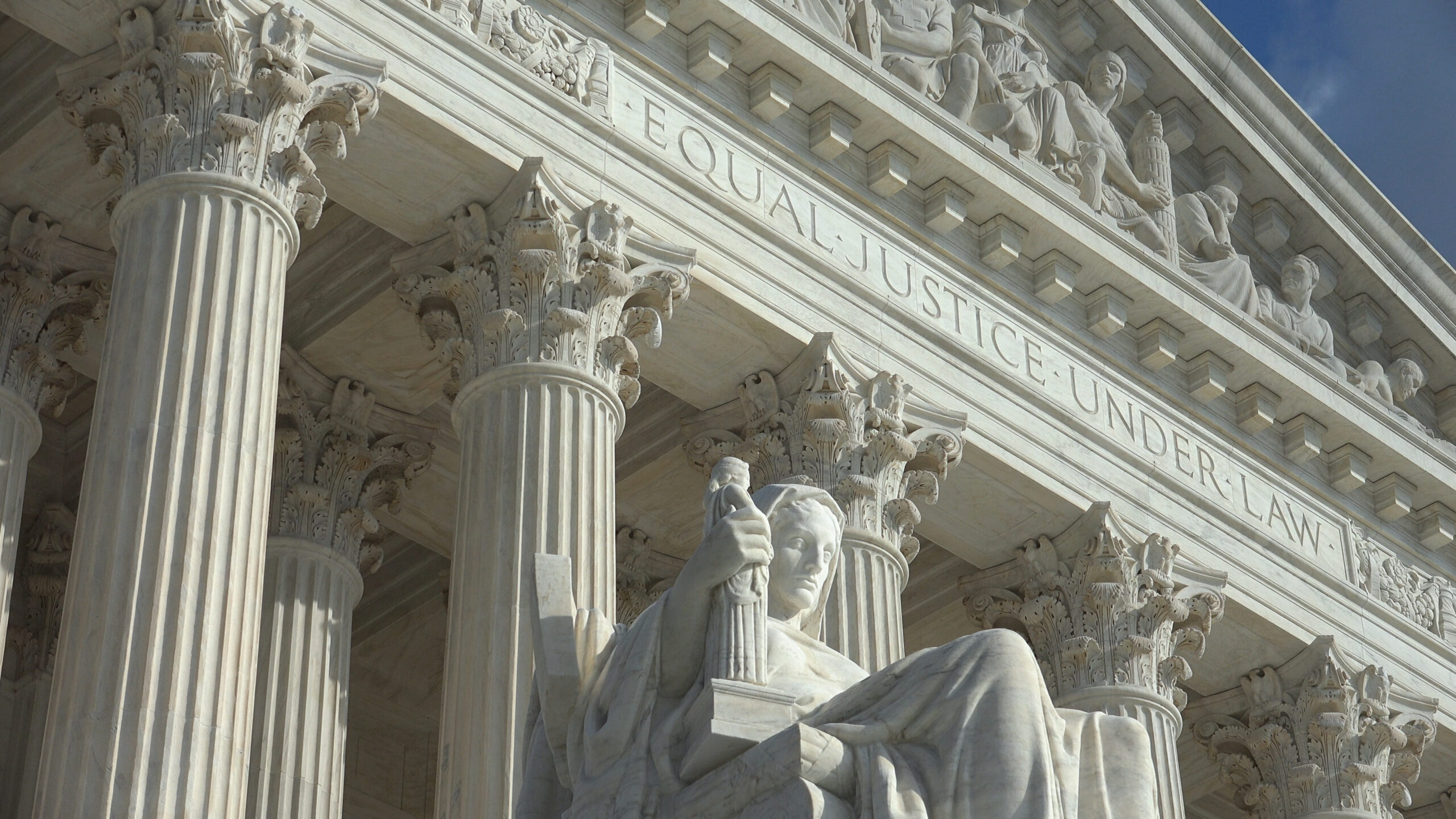
Recent Divergent Views on Third-Party Injunctions in Mass Tort Bankruptcies
A third-party injunction in a chapter 11 bankruptcy is generally used to protect a non-bankrupt entity from liability that is shared with, or derivative of, a bankrupt entity. Third-party injunctions are difficult to obtain in any bankruptcy setting, because bankruptcy laws are generally intended to protect debtors in bankruptcy, not non-debtor affiliates.
Increasingly, however, third-party injunctions have been employed as a key component in restructuring mass tort liabilities, on the premise that they are necessary for the debtor’s reorganization to succeed. Take for example, the case of LTL Management, where a New Jersey bankruptcy court approved a preliminary injunction, enjoining asbestos claims from being prosecuted against the parent and affiliates of LTL Management. See In re LTL Management LLC, 645 B.R. 59, 87 (Bankr. D.N.J. 2022) (Kaplan, J.). While this bankruptcy case was ultimately dismissed (on good faith grounds) after a later appeal to the Third Circuit, see In re LTL Management, 64 F.4th 84 (3d Cir. 2023), the third-party injunction remained in place, for a while, until such dismissal occurred, and when LTL Management subsequently filed bankruptcy a second time in April 2023, it again obtained a third-party injunction from the same New Jersey bankruptcy court. See In re LTL Management, LLC, Case No. 23-12825, 2023 WL 3136666, at *13 (Bankr. D.N.J. April 27, 2023).
A similar approach was taken in In re Bestwall LLC, 71 F.4th 168, 185 (4th Cir. 2023), where the Fourth Circuit Court of Appeals recently affirmed a North Carolina bankruptcy court’s approval of a third-party injunction in favor of Bestwall LLC’s parent, Georgia-Pacific Corporation.
However, not all courts approve of third-party injunctions in mass tort cases. In the recent case of Aearo Technologies LLC, an Indianapolis bankruptcy judge recently rejected a preliminary injunction that would have protected the parent of Aearo Technologies, 3M Corporation, from mass tort liability during the pendency of the Aearo’s bankruptcy case. See In re Aearo Technologies LLC, 642 B.R. 891, 912 (Bankr. S.D. Ind. 2022).
A careful look LTL Management, Bestwall and Aearo Technologies demonstrates how each court arrived at its results. In the final analysis, however, the decisions in each of these cases may prove to be ephemeral due to the subsequent proceedings involved.
Texas Two Step – Bestwall and LTL Management
Bestwall
Bestwall was one of the first mass tort cases to employ what has now been dubbed the “Texas Two Step.” Faced with a decade-long history of asbestos litigation derived from the acquisition of Bestwall Gypsum Co., which previously manufactured and sold asbestos products, Georgia-Pacific LLC (“GP”) underwent a corporate restructuring in 2017 that entailed a divisional merger under Texas law. See Tex. Bus. Orgs. Code §1.002(55)(a).
This divisional merger, which is the first step in the Texas Two Step, entailed dividing GP into two entities: (a) new GP, which received most of the operational assets of its predecessor and assumed all of its non-asbestos-related liabilities and (b) Bestwall, which absorbed all of its predecessor’s asbestos liabilities, plus certain liquid and operating assets.
The restructuring also entailed several agreements amongst the parties that required:
- Bestwall to indemnify new GP of any former asbestos liabilities;
- new GP to fund, to the extent necessary, Bestwall’s operations and any resulting chapter 11 reorganization; and
- new GP to assign certain employees, including in-house counsel, to Bestwall.
The second step in the Texas Two Step required Bestwall to file bankruptcy and obtain a preliminary injunction that would halt all asbestos-related lawsuits from proceeding against new GP. Bestwall did so on November 17, 2017.
The bankruptcy court in Bestwall approved the preliminary injunction in favor of new GP and subsequent appeals to the district court and Fourth Circuit ensued.
On June 20, 2023, the Fourth Circuit, in a majority opinion, finally affirmed the bankruptcy court’s opinion, holding that:
- the bankruptcy court had “related to” jurisdiction over the asbestos claims being enjoined outside of bankruptcy, because Bestwall shared liability on those claims and any adverse judgment against new GP could limit funding to Bestwall’s reorganization efforts (including the funding of a 524(g) trust);
- old GP, new GP and Bestwall did not manufacture jurisdiction;
- Bestwall otherwise met the standards for a preliminary injunction, including showing a “realistic likelihood of successfully reorganizing.”
In re Bestwall LLC, 71 F.4th 168, 179, 181, 184-85 (4th Cir. 2023).
LTL Management
LTL Management employed the same “Texas Two Step” strategy to address the mass talc-related litigation against Johnson & Johnson Consumer, Inc. (“JJC”). At the time, JJC was facing 38,000 ovarian cancer lawsuits and 400 mesothelioma lawsuits, alleging that JJC’s talc contained asbestos and caused severe injuries to consumers. Pursuant old JJC’s strategy, on October 12, 2021, old JJC underwent a divisional merger under Texas law that split the company into two new entities, new JJC and LTL Management. LTL Management was the entity that assumed all of old JJC’s talc-related liabilities and was formed solely to restructure such liabilities through a chapter 11 filing. New JJC, along with its parent, were the entities charged with funding LTL Management’s operations and bankruptcy reorganization.
On October 14, 2021, after the internal restructuring was complete, LTL Management filed bankruptcy and immediately requested a preliminary injunction, seeking to enjoin any talc-related claims from proceeding against new JJC and its affiliates.
While precise Third Circuit precedent was lacking, Judge Kaplan found that “ample authority exist[ed] to conclude that § 362(a), § 105(a), and the court’s inherent powers could each serve as independent bases for extension of the stay to non-debtor third parties.” Citing A.H. Robins Co. v. Piccinin (In re A.H. Robins Co., Inc.), 788 F.2d 994, 1001-1003 (4th Cir. 1986) (cited with approval in McCartney v. Integra Nat. Bank N., 106 F.3d 506 (3d Cir. 1997)). However, because the matter remained unsettled in the Third Circuit, the Court ultimately utilized a popular three-part test, prescribed by In re Philadelphia Newspapers, LLC, 423 B.R. 98, 102 (E.D. Pa. 2010), to determine whether injunctive relief was warranted.
Pursuant to Philadelphia Newspapers, a bankruptcy court looks at the following three factors in extending the automatic stay to, or issuing an injunction in favor of, non-debtors:
- whether the bankruptcy court had jurisdiction to issue the injunction;
- whether the bankruptcy court properly extended the automatic stay under section 362(a) to non-debtors;
- whether the bankruptcy court properly exercised its discretion in issuing the injunction.
423 B.R. at 102. On the first element, Judge Kaplan held that it had core-jurisdiction over the claims because the ‘instant proceeding invoke[d] a substantive right under the Bankruptcy Code [i.e., section 362] and is a proceeding that, by its nature, could arise only in the context of a bankruptcy case.” The Court also found that it had “related to” jurisdiction because the continued litigation of asbestos claims against new JJC would have a “conceivable effect” on LTL Management’s bankruptcy, given LTL Management’s assumption of those liabilities after the divisional merger.
On the second element, Judge Kaplan held that section 362(a)(1) of the Code served a basis for extending the automatic stay, because “unusual circumstances” existed, namely that LTL Management had such an “identity of interest” with new JJC and its affiliates that a judgment against those non-debtors would have essentially constituted a judgment against LTL Management. In essence, the Court adopted the view that, if the stay was not extended, a successful reorganization could not occur, because continued litigation against the non-debtors would deplete shared insurance coverage and other resources under the funding agreement with new JJC and would complicate bankruptcy negotiations and claims estimation (a necessary element in a mass tort restructuring).
The Court further found justification to extend the stay to the non-debtors under section 362(a)(3) of the Code, which proscribes actions to obtain possession of, or exercise control over, property of a bankruptcy estate. The Court reasoned that, because continued litigation against the non-debtors might exhaust shared insurance policies with LTL Management, which policies constitute estate property, the continued litigation was an indirect attempt to obtain possession of estate property, warranting an extension of the automatic stay.
Finally, on the third element, Judge Kaplan held that section 105(a) of the Code justified a preliminary injunction in favor of LTL Management’s non-debtor affiliates, because LTL met the traditional elements for a preliminary injunction, including that (a) it had a reasonable likelihood of reorganizing, (b) it would suffer irreparable harm absent the injunction (due to LTL Management’s indemnification obligations and the depletion of JCC’s assets), (c) talc claimants would not be harmed, because the bankruptcy provided a much better alternative than the current tort system, and (d) the preliminary injunction served the public interest by protecting the interests of current and future claimants equally.
Aearo Technologies
The Aearo Technologies bankruptcy involved 3M Corporation’s attempt to restructure its mass tort claims related to the manufacture and sale of allegedly defective hearing protection devices (i.e., ear plugs) used by military servicemembers and civilians. The lawsuits by individuals started pouring in after 3M and Aearo settled a whistleblower action, related to allegedly defective ear plugs, with the U.S. government in 2018. Many of these individual lawsuits, which sought joint and severally liability against Aearo and 3M, were eventually consolidated into what later became the largest multi-district litigation in history.
In an attempt to restructure these liabilities, 3M did not employ the “Texas Two Step” strategy used by LTL Management and Bestwall. But, it did incorporate certain components of that strategy into its restructuring. While not undergoing a divisional merger under Texas law, 3M did place Aearo and six related entities (other than 3M) in chapter 11 bankruptcy on July 26, 2022.
Prior to the bankruptcy, like LTL Management and Bestwall, 3M entered into a funding agreement with Aearo, whereby (a) 3M agreed to fund Aearo’s reorganization of all joint mass tort claims in bankruptcy, with little conditions attached, and (b) Aearo agreed to indemnify 3M from its mass tort liabilities.
While not a requirement under the funding agreement, on the petition date, Aearo filed a complaint and motion to extend the automatic stay, or obtain a preliminary injunction, seeking to halt the mass tort litigation against 3M.
Judge Graham first found that section 362(a)(1) generally only protects debtors in bankruptcy proceedings and not non-debtor co-defendants in pending litigation. While the Court acknowledged the ample authority outside the Seventh Circuit to support the extension of the automatic stay–namely A.H. Robins–it ultimately declined to extend the stay under section 362(a)(1), because the Court lacked “explicit guidance from the Seventh Circuit.”
Judge Graham also refused to extend the stay to property of the Aearo, pursuant to section 362(a)(3), because, while the proposed stay did implicate shared insurance policies that likely constituted property of Aearo’s estate, there was currently no active effort by 3M or the mass tort claimants to recoup against those policies and, in any instance, 3M’s funding agreement backstopped any funding under those policies such that there would be zero effect on Aearo’s estate if such policies were depleted.
Lastly, the Court addressed Aearo’s request for a preliminary injunction pursuant to section 105 of the Code. While acknowledging that section 105(a) does authorize a preliminary injunction in instances where an estate is in jeopardy, the Court ultimately held that it could not enjoin the mass tort lawsuits here, because it lacked “related to” jurisdiction. In doing so, the Court rejected the “conceivable effect” standard to “related to” jurisdiction, adopted by the Third Circuit in Pacor, Inc. v. Higgins, 743 F.2d 984, 994 (3d Cir. 1984), and shared by most other Circuit Courts.
Instead, according to Judge Graham, the Seventh Circuit restricted “related to” jurisdiction to instances where “the dispute ‘affects the amount of property for distribution [i.e., the debtor’s estate] or the allocation of property amongst creditors.'” Citing In re Mem’l. Estates, Inc., 950 F.2d 1364, 1368 (7th Cir. 1992), cert. denied, 504 U.S. 986 (1992)). Here is where the Court believed that 3M’s funding agreement made all the difference in the world, because it virtually guaranteed that the outside mass tort litigation sought to be enjoined would have no economic effect on Aearo’s bankruptcy estate or distribution to creditors, because 3M’s funding was uncapped and 3M was a very successful corporation. Thus, unlike LTL Management and Bestwall, which relied on the “conceivable effect” standard, Judge Graham held that it did not have “related to” jurisdiction to issue a preliminary injunction that would have no actual economic effect on Aero’s bankruptcy.
Unsettled Debate
The debate amongst the various jurisdictions as to the permissibility of third-party injunctions is still unsettled due to proceedings that are pending before the various courts. In Aearo Technologies, the debtor has directly appealed to the Seventh Circuit the judgment of Judge Graham denying the third-party injunction. Separately, following the dismissal of its first bankruptcy in April 2023, LTL Management filed a second bankruptcy, where dismissal based on bad faith is again tee’d up before the same New Jersey bankruptcy court. There is little doubt that any adverse judgment in that Court will likewise be appealed. And in Bestwall, while the fight over the third-party injunction appears to be over, the debtor still has to confirm, in “good faith,” a chapter 11 plan that imposes a permanent injunction in favor of new GP.
Thus, while these cases have made preliminarily determinations about the use of third-party injunctions in restructuring mass tort liabilities, subsequent decisions in these cases may provide new guidance–or a further rift. Everyone should stay tuned.





